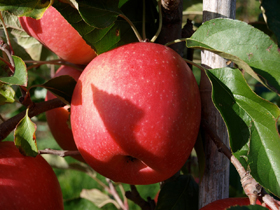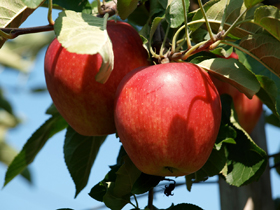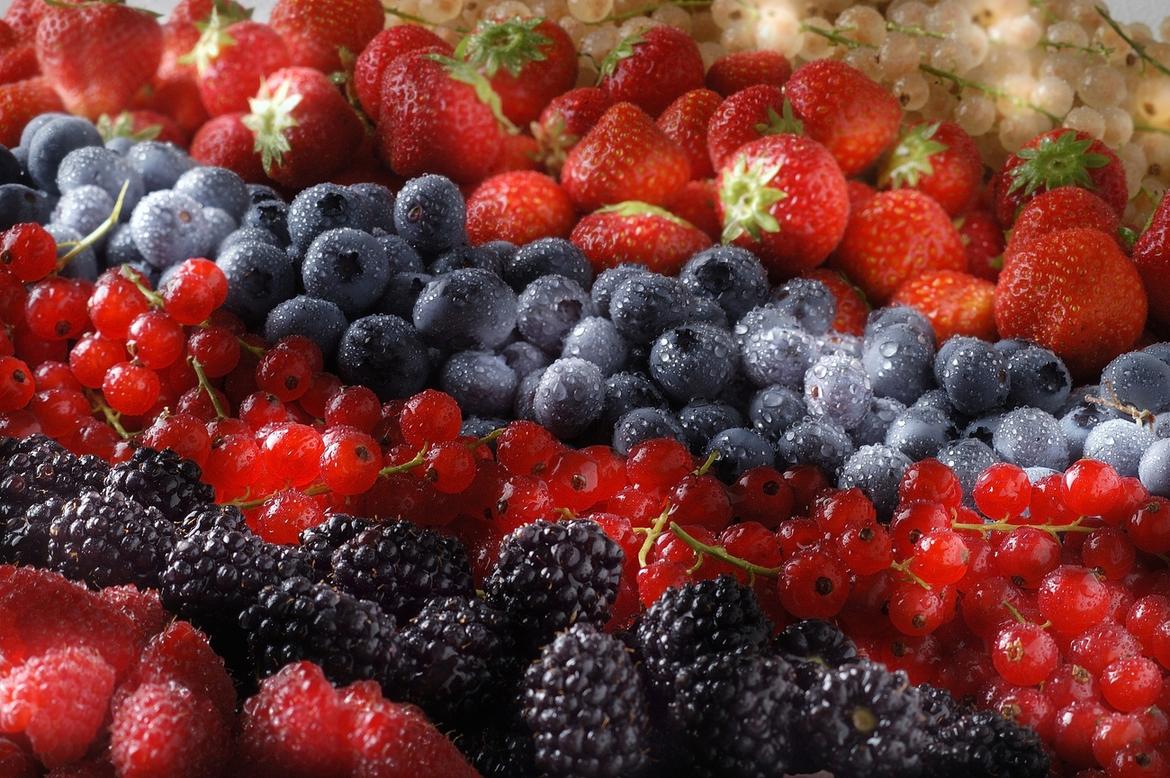The C.I.F. has a service for the protection of the Intelletual Property Rights in the development of new fruit varieties in collaboration with our legal office in Milan.
C.I.F. defends the expectation of the breeder’s and variety manager during the period of testing and validation through specific testing and legal protocol and protection of the informations.
Plant Breeding
Plant breeding is the development of new varieties with new properties, enabling the company who places such varieties on the market to obtain or increase its market share.
The first half of the 20th century saw the development of a specific type of property right for this sector: plant breeder’s rights. The advent of modern biotechnology in plant breeding in the 1980s brought along another form of IPR: ‘patent rights’. Both IPR systems are described in this chapter.

Plant Breeder’s Right (PBR)
The Plant breeder’s rights system grants protection to the breeder of a new plant variety. Variety is defined as: ‘a plant grouping within a single botanical taxon of the lowest known rank, which grouping, irrespective of whether the conditions for the grant of a breeder's right are fully met, can be defined by the expression of the characteristics resulting from a given genotype or combination of genotypes, distinguished from any other plant grouping by the expression of at least one of the said characteristics, and considered as a unit with regard to its suitability for being propagated unchanged’.
Varietà
Conditions for PBR protection A variety must meet a number of conditions in order to qualify for protection: Distinctness, Uniformity, Stability - DUS), and novelty.
Distinctness: The variety is deemed to be distinct if it is clearly distinguishable from any other variety of which the existence at the time of submission of the application is a matter of common knowledge. A variety can be distinguishable from an existing variety by a difference in morphological (e.g. flower colour) or physiological (e.g. salt tolerance) properties.
Homogeniety(uniformity) : The variety is deemed to be homogeneous if it is, having regard to the variation that may be expected from the particular features of its own reproduction, sufficiently homogeneous as regards its relevant characteristics.
Stability: The variety is deemed to be stable if in its essential characteristics it remains true to its description after repeated reproduction or propagation or, in case of a special reproduction cycle (e.g. in case of hybrids), at the end of each cycle.
Novelty. The variety is deemed to be new if propagating or harvested material has not been sold or otherwise disposed of, for the purpose of exploiting the variety, with the consent of the applicant longer than one year before the date of submission of the PBR application on the territory of the country where the application has been submitted. The term for other countries is four years (six years in the case of trees and vines). The novelty concept in plant breeder’s rights does not refer to a certain variety not having existed before but to a variety not having been sold before. This plant breeder’s rights approach of the novelty concept made many define this condition as the condition of commercial novelty.
Content of plant breeder’s rights
Plant breeder’s rights grant the holder the authority to forbid others to reproduce, handle, offer for sale, sell, import and export, or store propagation material of the protected variety. Restrictions to plant breeder’s rights The PBR system provides for a number of restrictions on the exclusive right of the breeder. PBR does not extend to private actions, experimental actions (research exemption), or actions for breeding new varieties (‘breeder’s exemption’).




